Ramen - a famous Japanese soup. My impressions from going to a Japanese restaurant covered with customer photos.
Ramen is a traditional Japanese soup that appeared in Japan in the nineteenth century and comes from neighboring China. It is made on the basis of aromatic meat broth (usually from pork or poultry) or vegetables. So it's a bit like an Asian relative of our broth, served in a slightly different way - usually with large pieces of beef, cut in half, semi-cooked egg, shallot, sprouts, sesame, dried algae patches. There can be more additions, it all depends on the cook's creativity.
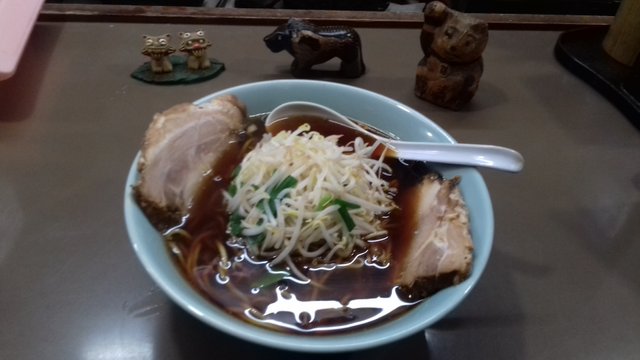
The most popular types of ramen are:
Shio-ramen - is the most similar to typical Chinese soups variety of ramen. Like them, it is a kind of light, defatted broth prepared on the basis of chicken meat or pork. It consists mainly of poultry or meatballs, fish, Chinese cabbage, onion or chives, leeks and bamboo shoots
Tonkotsu-ramen - cooked on pork bones. As a result, it has a thick consistency and is quite fat. Small amounts of vegetables and sometimes meat are added to the soup. It is often served with sesame seed paste.
Shōyu-ramen - chicken broth, sometimes with the addition of pork or beef. It is seasoned with soy sauce, making it darker than other types. The main additions are: chives, seaweed, hard-boiled eggs, bamboo shoots and soybeans. Unlike Japanese soups, this variety is often seasoned hot by adding black pepper, chili oil or Sichuan pepper.
Miso-ramen - a highly japonized variety, originating from Hokkaido. It is prepared on the basis of chicken and fish meat and strongly seasoned with miso paste. It is served with the addition of soybean sprouts, sesame, onion, pork, Chinese cabbage, white pepper and garlic.
Source: Wikipedia

The restaurant I will write about in this article surprised me with its original design. The owner decorated the walls with photos of his clients. Totally! I would say that he created wallpaper from them. One photo was glued to the other without any gaps. Most of the photos came from the old days, when developing photos was very popular.
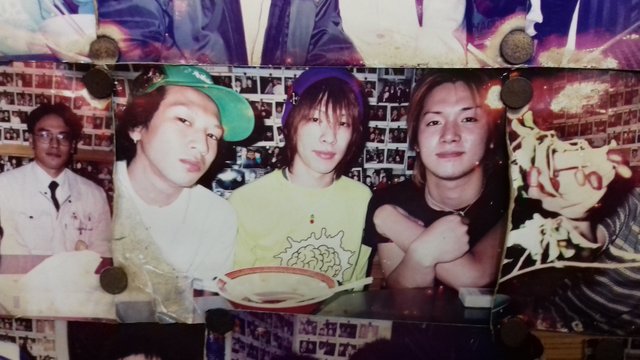
Viewing photos from the walls turned out to be an interesting occupation while waiting for a meal to be served. Anyway, watch them yourself.
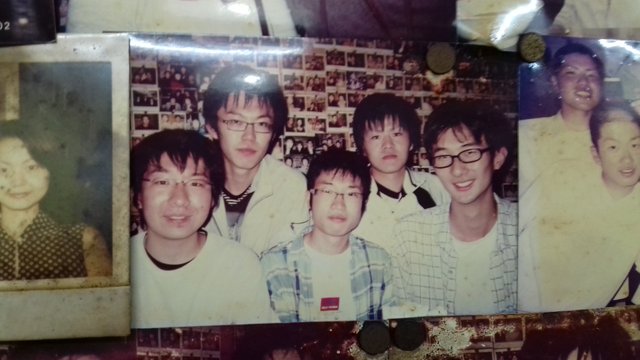
Cool hairstyle in this guy in the middle ;)
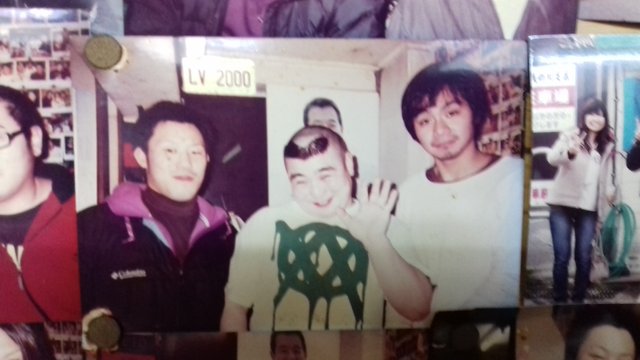
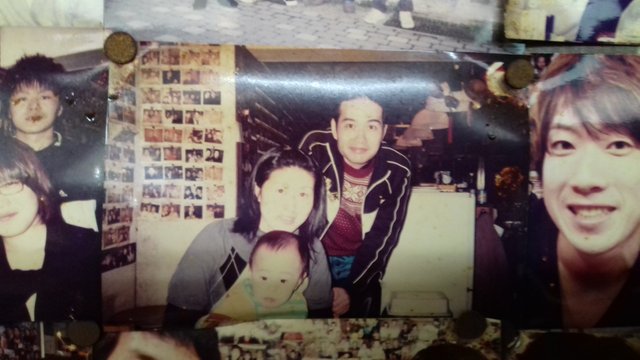
It was a cozy restaurant run by one person, its owner. A joyful, elderly man with a great sense of humor.
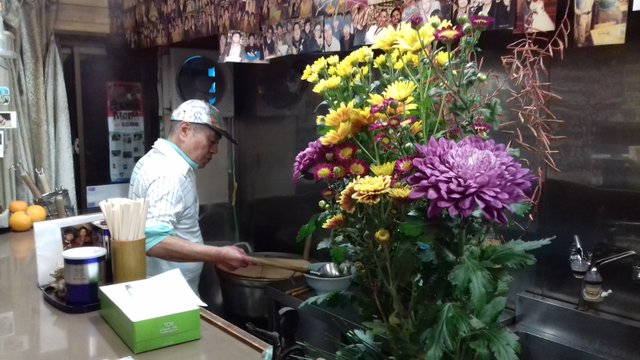
Unfortunately, he did not know English. It's good that the menu was translated into English and we could show him what we wanted to order. However, asking for some details was very difficult. Fortunately, at some point a young Japanese came to the restaurant who knew English and helped us as a translator between us and the owner of the restaurant.
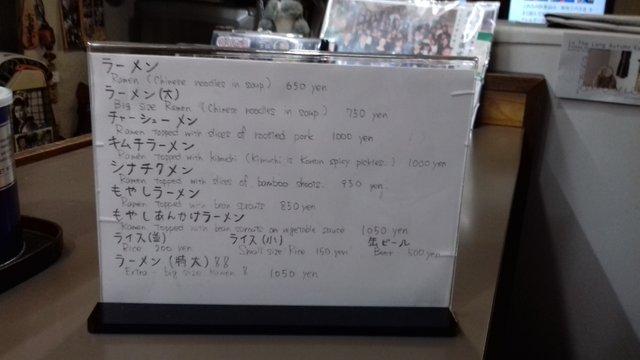
As for the soup itself. Ramen in Japan was very different from the ramen, which I had the opportunity to eat several times in my country. I do not know if I came across such restaurants or whether it is usually the case here, but ramen in my country was very varied, had a lot of additives, and this Japanese consisted of several basic ingredients and, interestingly, normal thin pasta. In my country there were always thick noodles. In Japan, thicker noodles were reserved for another soup called soba. As for the decoction, it was delicious and filling. I liked it much more than those ramen with a lot of additives in restaurants in my country. Perhaps the decisive factor was the fishy aroma, which appears when even seaweed is added to the soup, and in this Japanese ram, luckily, it lacked.
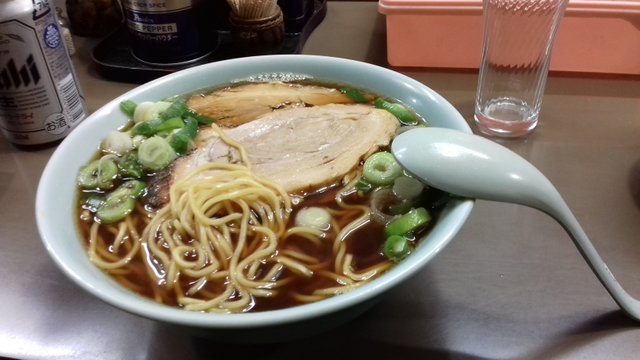
Have you ever eaten ramen? Do you like it? If so, which kind the most?